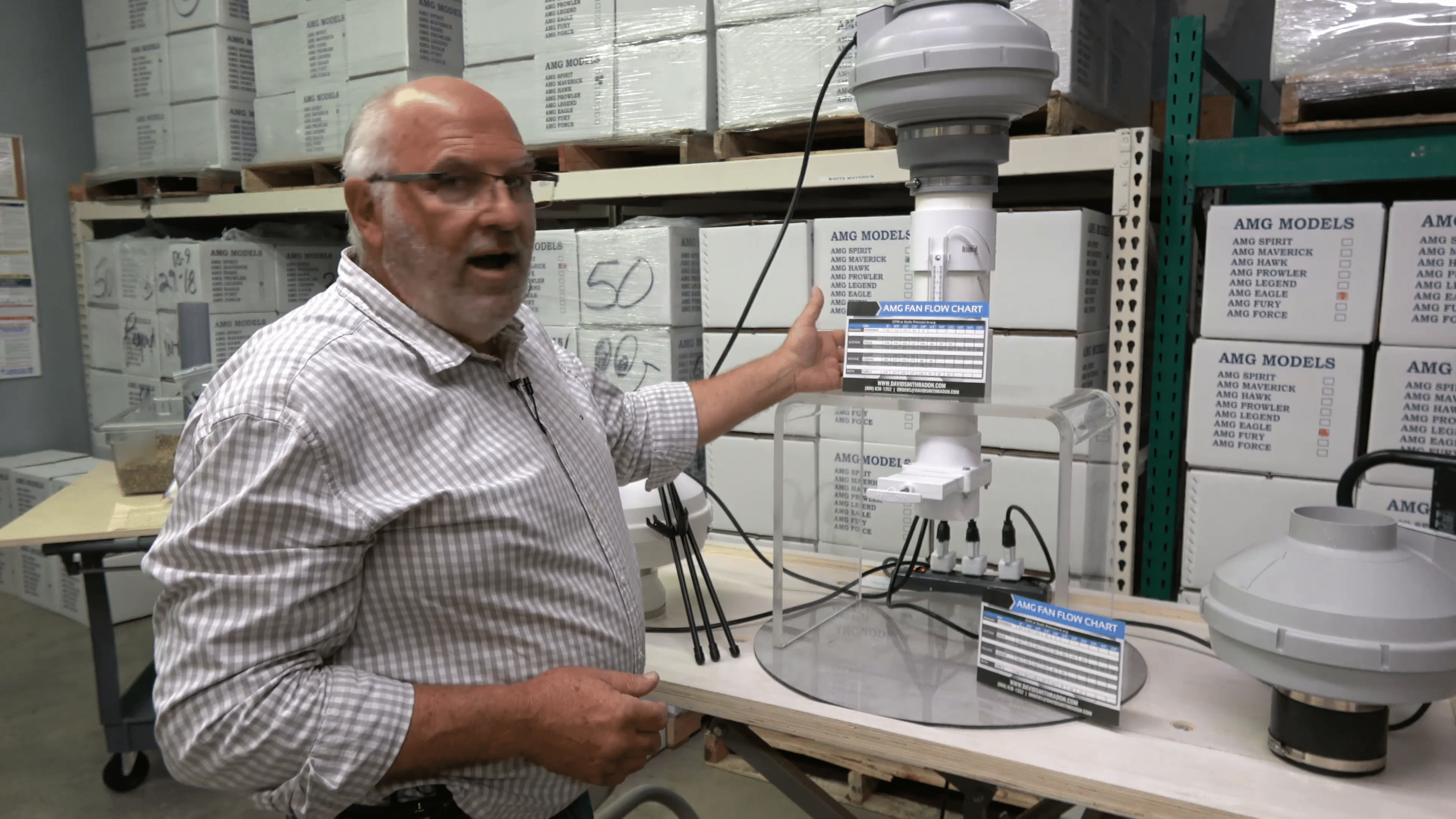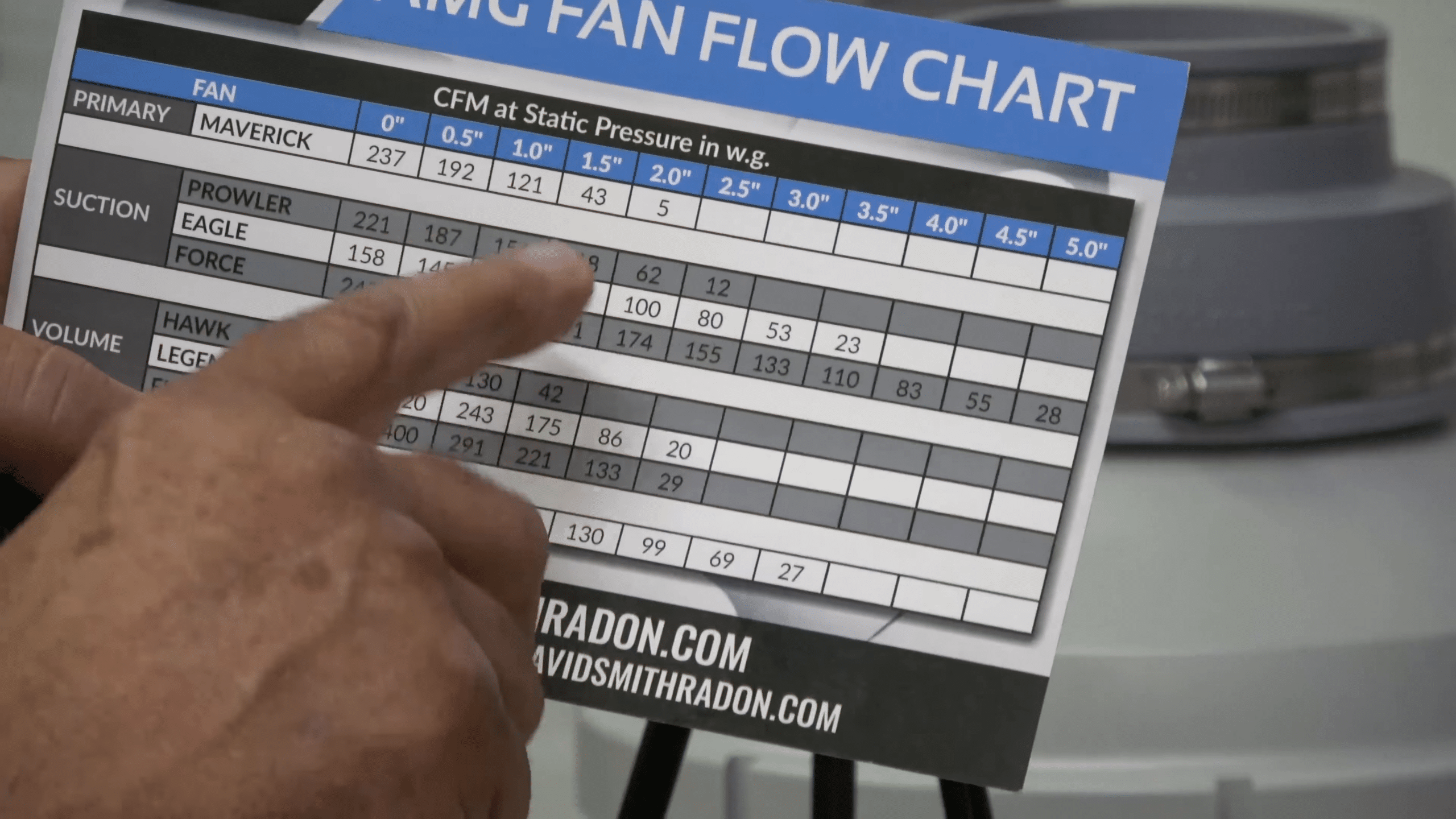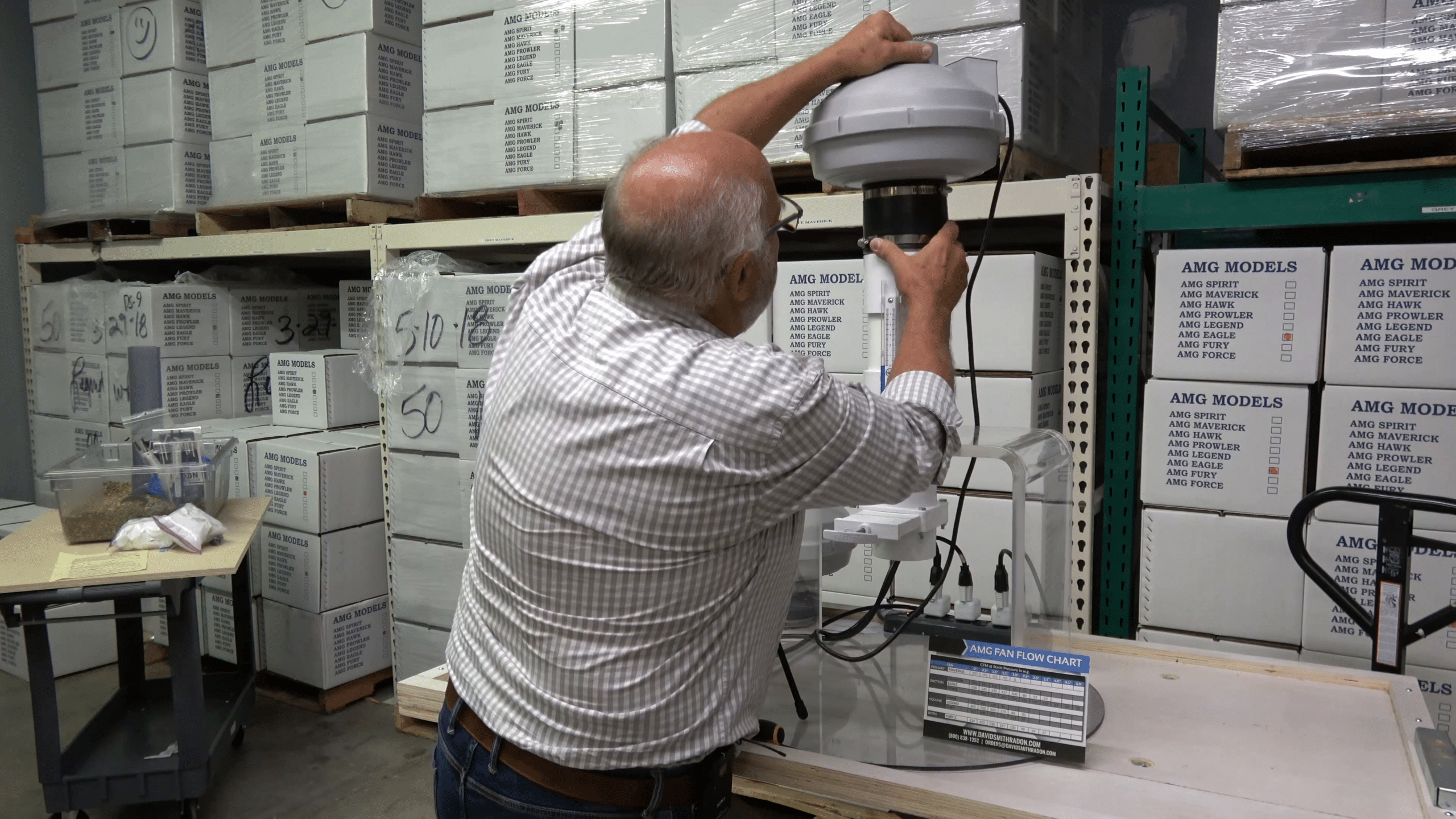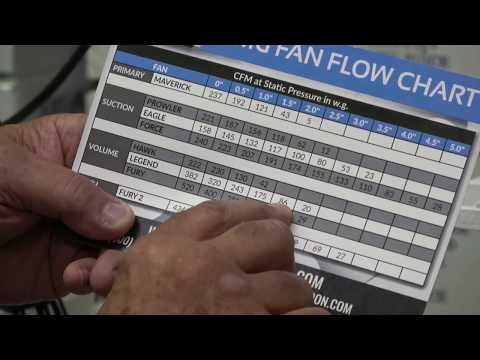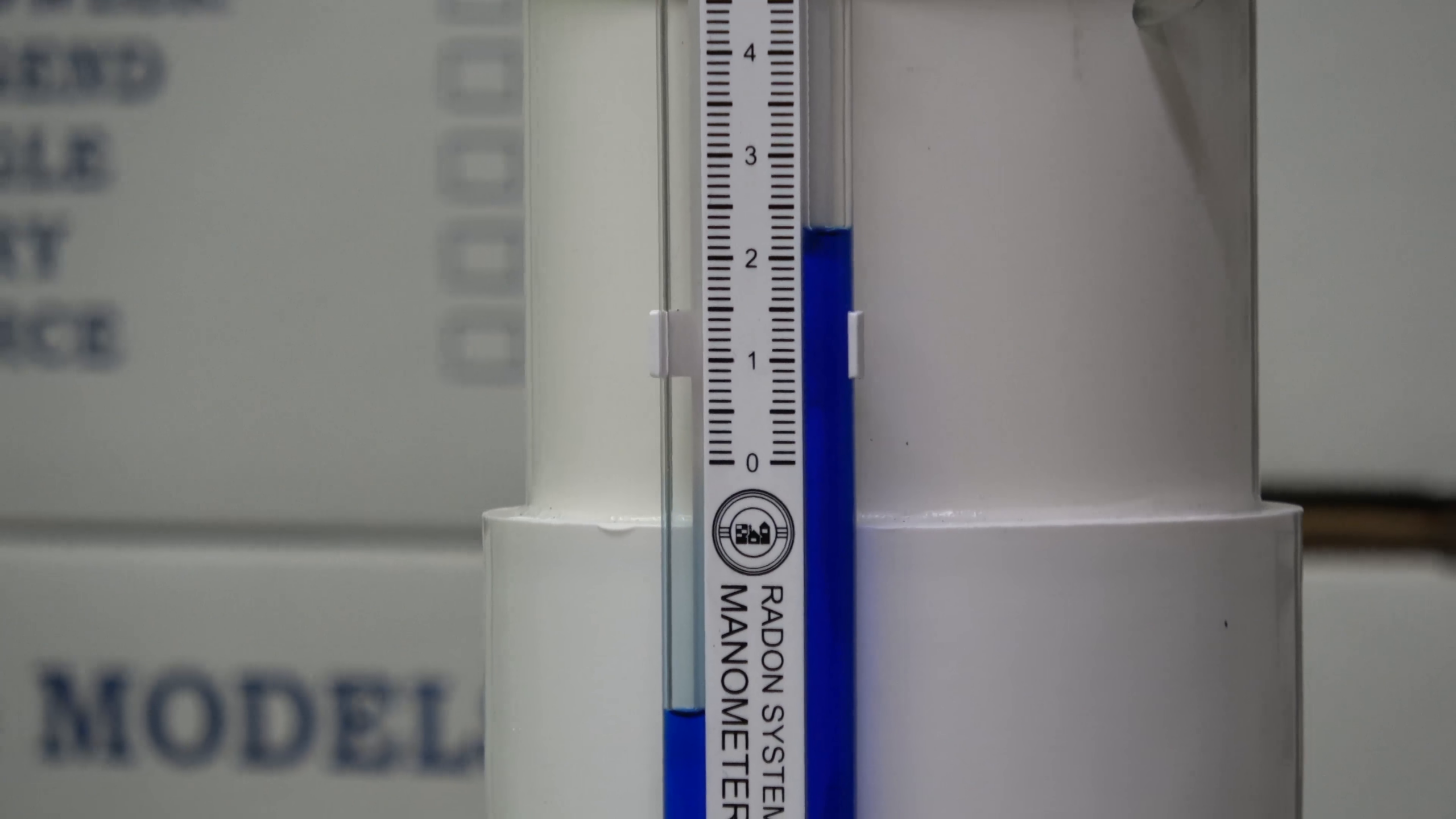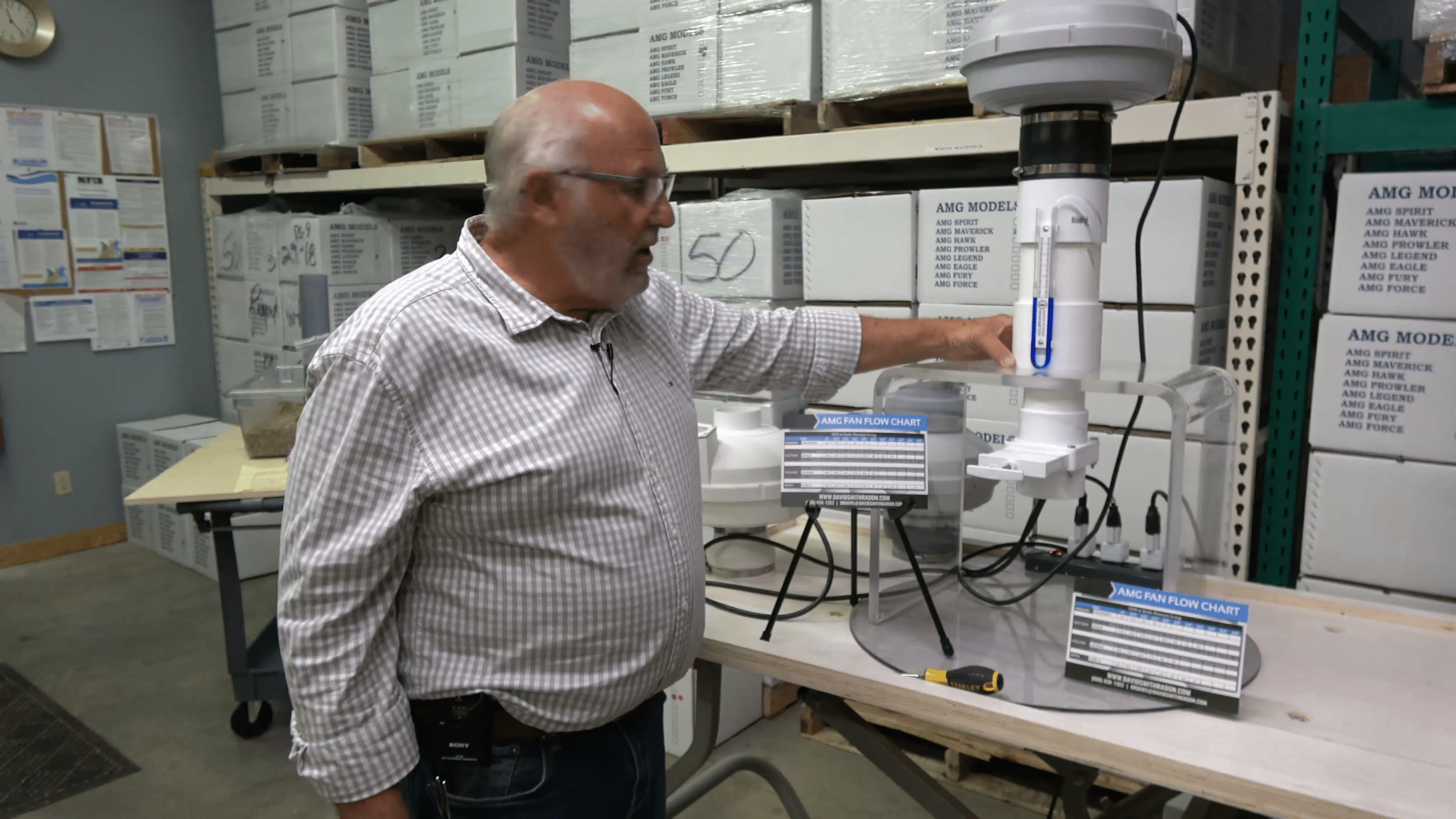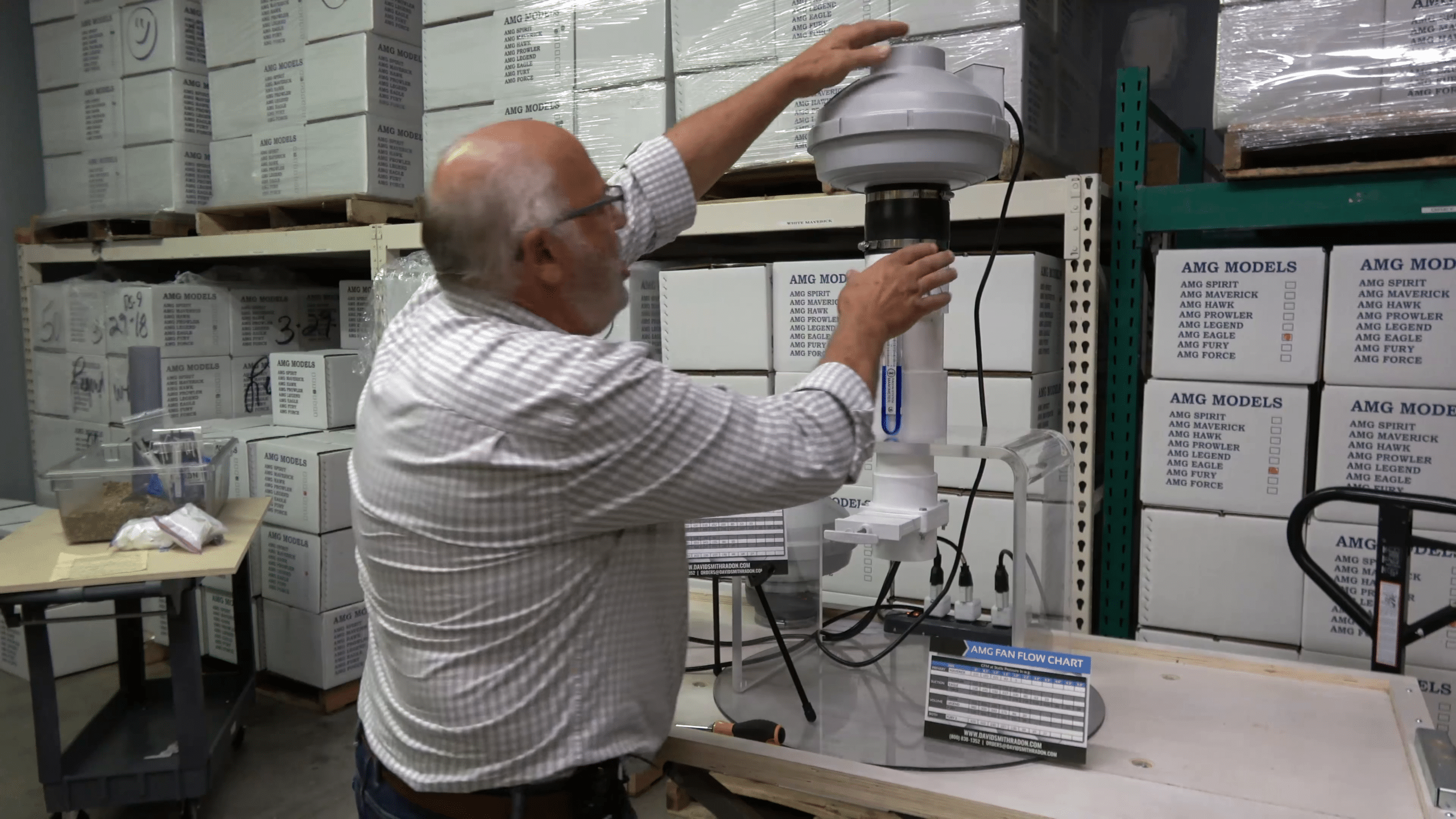Optimizing Radon Mitigation: The Critical Role of Fan Sizing and Selection
Home » Health & Safety »
Understanding the Importance of Fan Sizing in Radon Mitigation
David Smith, a seasoned professional in the field of radon mitigation, highlights the critical, yet often overlooked, aspect of fan sizing in radon mitigation systems. Operating as a distributor of radon mitigation products in Central Illinois, Smith specializes in the distribution of AMJ Festa fans, a brand exclusive to his inventory. With over 21 years of experience in the industry, his company stands as one of the oldest licensed radon mitigation businesses in Illinois. Despite his extensive experience, Smith points out that the most significant gap in radon mitigation training is fan selection, a topic rarely covered adequately in professional courses.
Smith emphasizes that understanding and selecting the right fan for radon mitigation systems is paramount. He argues that fan selection serves as the most crucial diagnostic tool in the setup of effective radon mitigation. To bridge the knowledge gap, Smith and his team have started incorporating fan sizing training into their courses, recently presenting this crucial element at a state stakeholders meeting to great acclaim. The response from the mitigation community confirmed that many professionals had never been formally taught how to effectively select fans, a testament to the necessity of this education.
Simplifying Fan Selection with Flow Charts
In his demonstration, Smith introduces a simplified approach to understanding fan performance, which traditionally relies on complex fan curve charts. By converting these charts into more accessible flow charts, he makes the process less intimidating for practitioners. These flow charts are distributed to his customers with their orders, serving as a handy reference tool. During the demonstration, Smith uses a fan model he refers to as the “Maverick,” which is commonly used in the industry. He presets this fan to operate at an inch and a half water column, showing its effectiveness in a typical scenario.
By comparing the performance of different fans at various settings, Smith illustrates how adjustments in the water column impact the cubic feet per minute (CFM) of airflow, a critical factor in radon mitigation. For instance, he compares the Maverick fan’s performance at 43 CFM against a high suction “Eagle” fan, which pushes up to 80 CFM, almost doubling the airflow. This vivid demonstration underscores the importance of selecting the right fan based on specific mitigation needs and the characteristics of the building in question.
Choosing the Right Fan for Optimal Radon Reduction
Through his demonstration, Smith showcases how different fans perform under similar conditions, stressing the substantial difference in performance between standard, high suction, and high volume fans. He highlights that while the standard fan operates at 43 CFM, the high suction Eagle fan significantly outperforms it, making it a superior choice for scenarios requiring more robust radon mitigation. Furthermore, Smith introduces another model, the “Legend,” to illustrate differences among high-performing fans, showing that each fan type has a distinct performance profile that can be matched to specific mitigation needs.
The implications of fan selection are not just technical but also have a direct impact on health and safety. Proper fan selection and sizing are essential for achieving the desired radon reduction in a home or building, which in turn reduces the risk of lung cancer associated with long-term radon exposure. Smith’s emphasis on fan selection strives to enhance the effectiveness of radon mitigation efforts, ensuring healthier living environments.
The Vital Role of Fan Flow Charts in Radon Mitigation
Smith passionately advocates for the widespread use of fan flow charts in the radon mitigation industry. He encourages professionals to consult these charts as the first step in diagnosing and addressing radon mitigation situations. By having a flow chart at hand, practitioners can make informed decisions quickly, enhancing the overall effectiveness of the mitigation process. Smith’s commitment to educating his peers about this valuable tool reflects his dedication to improving industry standards and outcomes.
As radon mitigation continues to evolve, the emphasis on proper training and tools such as fan flow charts will play a pivotal role in shaping more effective and reliable mitigation strategies. Smith’s efforts to illuminate this aspect of radon mitigation highlight an essential area for professional development and underscore the ongoing need for industry-wide education and improvement. By fostering a better understanding of fan selection and its impact on radon mitigation, professionals can significantly enhance the safety and efficacy of their interventions, contributing to safer living and working environments.
For those in the industry, Smith offers his expertise and is open to assisting with fan selection, emphasizing the collaborative spirit necessary to drive forward best practices in radon mitigation. His proactive approach not only educates but also empowers professionals, thereby reinforcing the overall health and safety standards in environments affected by radon.
